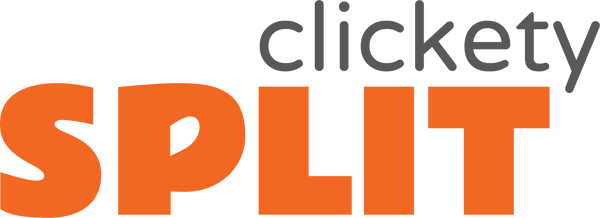
One Way...with Options.
Share
Doing things one way isn't always good. In life, it's nice to have options, and the opportunity to develop a personal preference or best practice.
However, in the day of a life of a diode, it's just that...one way. There are many different types and sizes of diodes—through hole and flush/surface mount, for example. When building a custom keyboard, it's possible to see either type, depending on the PCB.
I remember purchasing my first keyboard kit. It had almost everything I needed...less the switches and keycaps. The kit included two PCBs, OLEDs, TRRS jacks, reset switches, a bunch of LEDs, and through hole diodes for each switch and rotary encoder.
While looking into building a second keyboard, I learned about the Lily58, and Corne shields; how they used flush/surface mount diodes in SOD-123 form factor or package.
Not knowing what SOD-123 was; I did a little research. As I looked further, I read that SOD was an acronym for Small Outline Diode and the -123, -323, -523, and -923 were the variants. SOD-123 being the larger of the series, and SOD-923 being the smaller.
The package size I was interested in was SOD-123; the diode's overall length was ~3.50mm, and the overall width was ~1.60mm. Perfect for the soldering pads of the Lily58 Pro.

Knowing that the SOD-123 would fit, it made it easier to compare features, specifications, and parameters of the various diodes.
I'm definitely not an Electrical Engineer; however, pulling up the data sheets and learning about the different diodes was educational and interesting. Some notable parameters:
- Diode: 1N4148
- Case: SOD-123
- Peek Reverse Voltage: 100V
- Max Surge Current: 2A
- Forward Voltage 1.25V
- Forward Current: 300mA
- Reverse Current: 1uA
- Recovery Time: 4ns
- Maximum Operating Temperature: 150°C
Before putting together your keyboard, have a look at the PCB's soldering pads and determine if they're through hole, flush/surface mount, or potentially both. Depending on the profile of your switches, perhaps you'll lean towards one style over the other.
My first board came with through hole diodes, and by virtue of using low profile switches, I needed to solder the diodes on the opposite side of the PCB. My second board was different because it called for surface mount diodes. It was definitely cleaner, and they were much easier and more efficient to install.
It was amazing for me to learn how many options there were...for one way of doing things.
All the best with your build!
Clickety Split
For the love of split keyboards.
